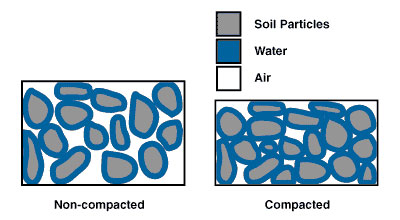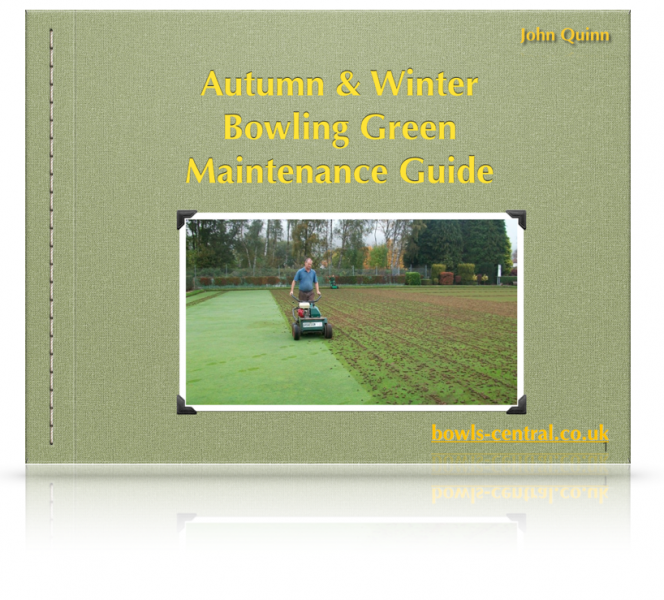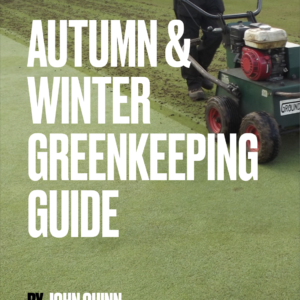Essential Greenkeeping tasks for March include aeration, moss control, microbe boosting, disease prevention and keeping the surface clear of worm casts. Now is the time to make soil nutrient balance corrections and to get some starter fertiliser and bio-stimulants on to boost soil microbial activity and get the grass growing well. Take advantage of my soil analysis service for a positive start to the 2019 season with a done for you greenkeeping schedule.
Category: Greenkeeping
Symptoms, Causes and Cures in Bowls Green Maintenance
One of the easiest, cheapest and effective methods of killing moss in turf is to apply Ferrous Sulphate. Therefore, on Bowls Central, I could sell many tonnes of Ferrous Sulphate at a nice profit margin every year by simply pandering to conventional thinking, but you won't find any for sale here. Let me explain why:
Performance Greenkeeping tasks for November
Essential Greenkeeping tasks for November include aeration, disease prevention and keeping the surface clear of worm casts.

Bowls Green Compaction
I once commented that there are only ever two real problems in bowling greenkeeping; compaction and thatch, with the rest of the myriad problems we come across being merely symptoms of these Big Two. Lately, I've revised that thinking, as the more I see of ill treated bowling greens the more I realise that, although they are important, even thatch and compaction are only symptoms too. The trouble we face in greenkeeping is that the industry wants us to treat symptoms. If we treated the root cause after all, we wouldn't need to buy half as much stuff! But before we get too carried away, let's have a recap on what bowls green compaction actually means.

Autumn and Winter Bowling Green Maintenance Guide…
Well here we are at the end of another bowling season. It’s hard to believe that it’s that time already. On my travels around I’ve spotted the usual signs that autumn is coming with some clubs still stacking up the top dressing ready for the renovation onslaught. How I wish more clubs would re-think that plan and join the growing ranks of forward thinking clubs.
At this time of year you will hear a well worn phrase oft repeated:
“Time to put the green to bed for the winter”
Nothing makes me shudder more than that phrase as it communicates an attitude towards bowling green maintenance that is completely at odds with achieving a performance bowling green.
The process of putting the green to bed usually involves maintenance practices that many clubs have abandoned on my advice and who are now reaping the benefits of better green performance, more consistent playing conditions and although not the main aim of my program, vastly reduced maintenance costs; a nice bonus wouldn’t you say?
The putting the green to bed plan also assumes that the green should more or less be left alone after the autumn renovation program and I’m here to tell you that nothing could be further from the truth, if you want a performance green next year that is.
The autumn and winter period is the most important time of year to get some of the key work done on the green and it should be quite a busy time. The bonus is that you get to be out in the fresh, crisp air in the winter working off the Christmas excess as a lot of what I’ll be recommending is physical work.
The second best seller after Performance Bowling Greens on Bowls Central is The Autumn and Winter Bowling Green Maintenance Guide.
This guide provides step by step advice for general autumn maintenance as well as specific advice for all of the common bowling green problems like Disease, LDP, Moss, Thatch and Compaction.

